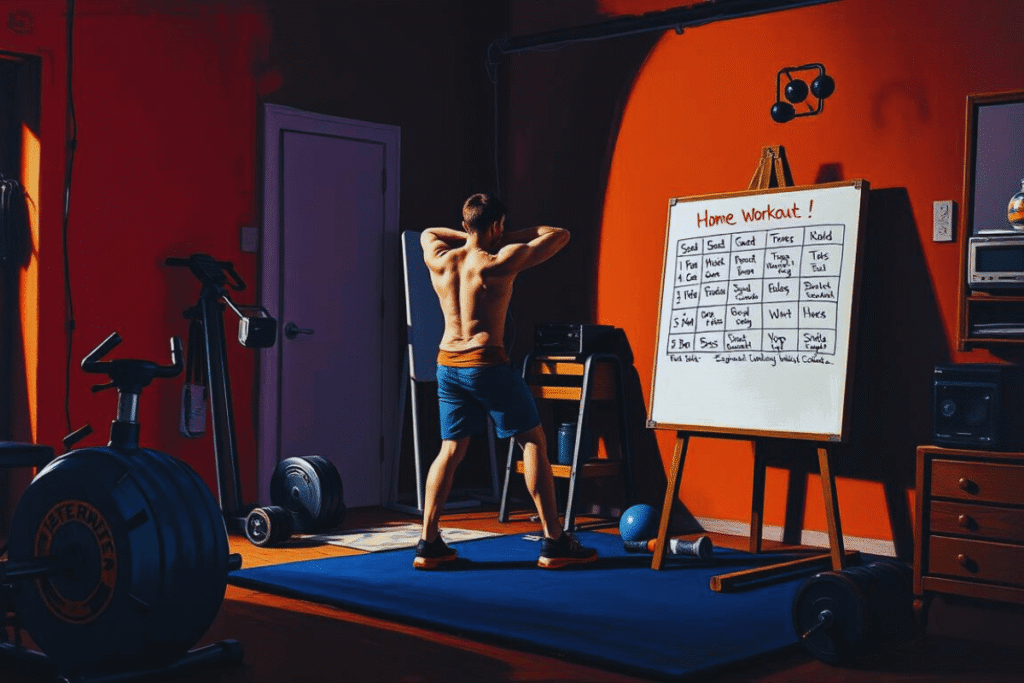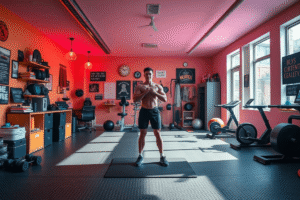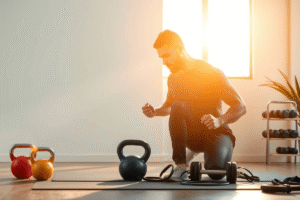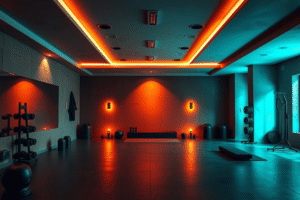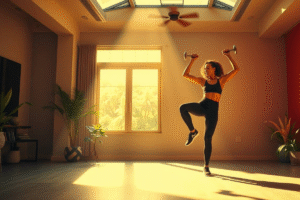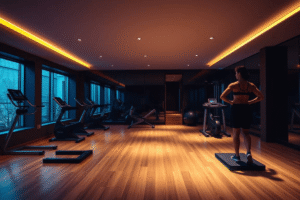Getting started with a workout routine can feel overwhelming. Especially if you’re a beginner. The good news is, you don’t need a gym membership or fancy equipment to kickstart your fitness journey. Working out at home is convenient, cost-effective, and allows you to customize your routine based on your goals and fitness level. Whether you’re looking to lose weight, build strength, or simply stay active, creating a simple workout plan is the first step toward a healthier lifestyle.
This content will give you the process of designing an effective workout plan tailored to beginners. From setting clear goals and choosing the right exercises to scheduling your workouts and tracking progress, you’ll find everything you need to get started. With consistency, patience, and a little bit of space in your home, you can build a routine that not only meets your fitness goals but also becomes a fun and rewarding part of your daily life. Let’s find out how to make exercising at home easy, enjoyable, and effective.
Step 1: Set Clear Goals
Before starting, define what you want to achieve. Are you looking to lose weight, gain strength, or just stay active? Having a goal keeps you motivated. Write it down and make it specific. For example, “I want to lose 5 kg in 3 months” or “I want to do 10 push-ups without stopping.”
Step 2: Choose the Right Exercises
A beginner’s workout plan should include:
Cardio: Helps with heart health and burns calories. Examples:
- Jumping jacks
- High knees
- Walking or jogging in place
Strength Training: Builds muscle and improves metabolism. Examples:
- Push-ups (on knees if needed)
- Squats
- Plank (start with 10-15 seconds)
Flexibility and Balance: Keeps your body flexible and reduces injury risk. Examples:
- Stretching (hamstring, arm, and neck stretches)
- Yoga poses like child’s pose or downward dog
Step 3: Create a Weekly Schedule

Creating a weekly schedule is essential for staying consistent and building a habit. Plan to work out 4-5 days a week, ensuring a balance between cardio, strength training, and flexibility exercises. Dedicate specific days to focus on different types of exercises. For instance, you might do cardio on Monday and Thursday, strength training on Tuesday and Friday, and a flexibility-focused session or light yoga on Wednesday. Reserve weekends for optional light activities like walking or complete rest. Tailor the schedule to your energy levels and lifestyle, and don’t forget to include warm-ups and cool-downs in each session. Sticking to a schedule not only makes workouts manageable but also helps track progress effectively.
Consistency is key. So plan your workouts for 4-5 days a week. Here’s an example:
Monday: Cardio (15 minutes) + Stretching (5 minutes)
Tuesday: Strength training (15 minutes)
Wednesday: Rest or light yoga
Thursday: Cardio (20 minutes)
Friday: Strength training (15 minutes) + Stretching (5 minutes)
Saturday: Optional light activity like walking
Sunday: Rest
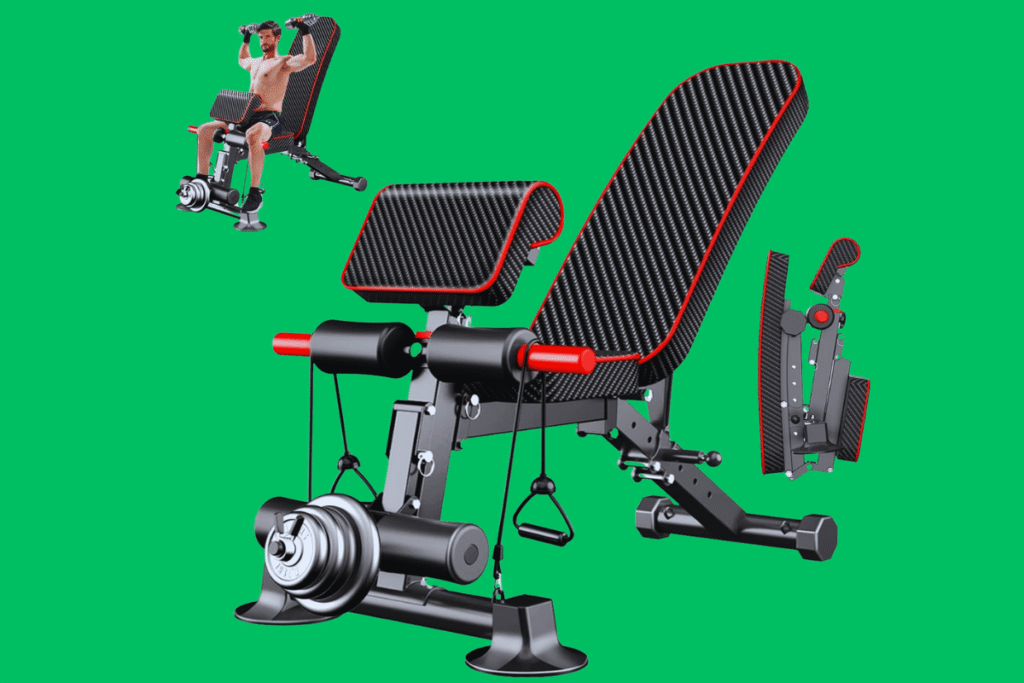
Step 4: Start Small and Progress Gradually
Beginners should start with short sessions. Aim for 15-20 minutes per day. As your fitness improves, increase the duration and intensity. For example, do 2 sets of squats instead of 1, or add 5 more minutes of cardio.
Step 5: Prepare Your Space
Creating a dedicated workout space at home is essential for maintaining consistency and motivation in your fitness routine. Here’s how to set up an effective and inviting area:
Choose the Right Location: Select a space that is free from distractions and has enough room for movement. This could be a spare bedroom, a section of your living room, or even a garage. Ensure the area has proper ventilation and lighting to create a comfortable environment.
Organize Your Equipment: Keep your workout gear tidy and accessible. Use baskets for storing resistance bands, hooks for hanging jump ropes, and wall racks for yoga mats. Shelving units can hold weights and other equipment, helping to keep the area organized and clutter-free.
Ensure Safety: Clear the area of any hazards that could cause injury. Ensure the floor is even and consider using a non-slip mat to provide cushioning and support during exercises.
Personalize the Space: Make the area inviting by adding personal touches such as wall art, plants, or motivational quotes. A mirror can also be beneficial for checking your form during workouts.
Consider Noise Levels: If you live in an apartment or have neighbors close by, be mindful of noise. Opt for quiet exercises or use equipment that doesn’t produce much sound to maintain a peaceful environment.
By thoughtfully preparing your workout space, you’ll create an environment that encourages regular exercise and helps you stay committed to your fitness goals.
Step 6: Warm-Up and Cool Down
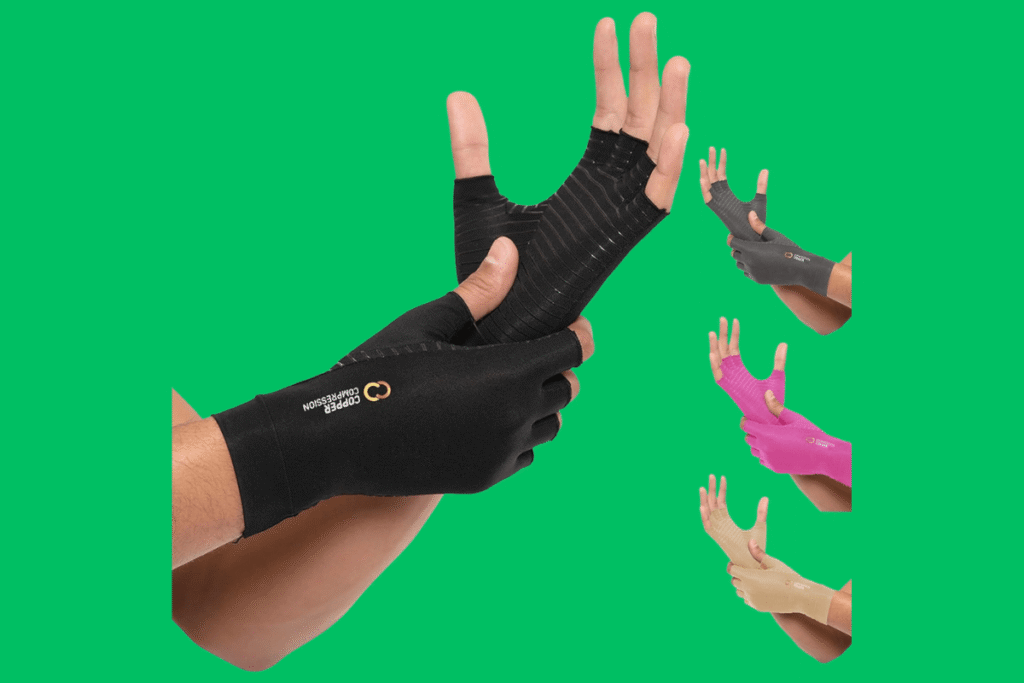
Adding proper warm-up and cool-down routines into your home workouts is essential for preparing your body for exercise and aiding in recovery.
Warm-Up
A warm-up gradually increases your heart rate and blood flow to muscles, enhancing flexibility and reducing injury risk.
Here are some simple warm-up exercises suitable for beginners:
Arm Circles: Stand with feet shoulder-width apart, extend your arms to the sides, and make small circles, gradually increasing their size.
Leg Swings: Hold onto a stable surface for balance and swing one leg forward and backward, then side to side. Repeat with the other leg.
Marching in Place: Lift your knees high while marching to engage your lower body and increase heart rate. Perform each exercise for about 30 seconds, totaling a 5- to 10-minute warm-up session. Cool-Down,Cooling down helps your heart rate and blood pressure return to normal and may reduce muscle soreness.
Slow Walking: After your workout, walk slowly for 5 to 10 minutes to gradually decrease your heart rate.
Stretching: Focus on major muscle groups used during your workout. Hold each stretch for 10 to 30 seconds without bouncing.
Following these routines, your workouts can enhance performance and help you in recovery.
Step 7: Track Your Progress
Tracking your progress is essential for staying motivated and achieving your fitness goals. Here are some effective methods to check your workouts at home:
Maintain a Workout Journal: Recording your exercises, sets, reps, and weights helps you observe improvements over time. A simple notebook or digital document can serve this purpose.
Use Fitness Apps: Apps like Caliber, Nike Training Club, and FitOn offer structured workout plans and track your performance, making it easier to check progress.
Take Progress Photos: Weekly or monthly photos can visually showcase changes in your physique, providing tangible evidence of your hard work.
Measure Body Metrics: Regularly measuring body parts such as waist, hips, and arms can help track fat loss and muscle gain.
Check Performance Metrics: Keep track of the number of repetitions, duration, or intensity of exercises to assess improvements in strength and endurance.
Use Wearable Devices: Fitness trackers and smartwatches can watch various metrics like steps taken, calories burned, and heart rate, providing comprehensive data on your activity levels.
By consistently applying these methods, you can gain valuable insights into your fitness journey, make informed adjustments to your workout plan, and stay motivated as you progress toward your goals.
Step 8: Stay Motivated
Working out at home can be challenging. To stay motivated:
- Play upbeat music.
- Find a workout buddy online or at home.
- Reward yourself when you reach milestones (e.g., a new workout outfit).
Step 9: Listen to Your Body
It’s normal to feel a little sore, but stop if you feel sharp pain. Rest and recover if needed. Remember, rest days are as important as workout days.
Example Beginner Workout Plan
Here’s a simple plan to follow for your first week:
Day 1:
- 10 minutes of walking in place
- 10 squats
- 5 push-ups (on knees if needed)
- 10-second plank
Day 2:
- 15 jumping jacks
- 5 lunges per leg
- 10 sit-ups
- Stretching (hamstrings and arms)
Day 3: Rest or light yoga
Day 4:
- 10 minutes of cardio (e.g., jogging in place or dancing)
- 15 squats
- 7 push-ups
- 15-second plank
Day 5:
- 5 minutes of walking in place
- 10 jumping jacks
- 10 lunges per leg
- Stretching
Day 6: Light activity (optional)
Day 7: Rest
Tips for Success
Stay Consistent: Make exercise a daily habit, even if it’s just 5 minutes.
Focus on Form: Do exercises correctly to avoid injury.
Stay Hydrated: Drink water before, during, and after your workout.
Wear Comfortable Clothes: Use breathable fabric and proper footwear.
Ask for Help: Watch beginner workout videos online for guidance.
To Conclude
Creating a workout plan at home doesn’t have to be complicated. By starting small and focusing on your goals, you can build a routine that fits your lifestyle and fitness level. Remember, consistency and patience are your best allies. Celebrate every milestone, no matter how small, and focus on progress over perfection.
Working out at home offers flexibility and comfort, allowing you to exercise on your terms. As you stick to your plan, you’ll notice not just physical changes but also improvements in your mood, energy levels, and well-being. The key is to stay motivated, listen to your body, and make adjustments as needed. With time, your home workouts will become a rewarding habit that contributes to a healthier, happier you.
Stay Connected!
For more fitness tips, home workout ideas, and exclusive content, subscribe to our newsletter. Get the latest updates delivered straight to your inbox and stay motivated on your fitness journey — one email at a time.

